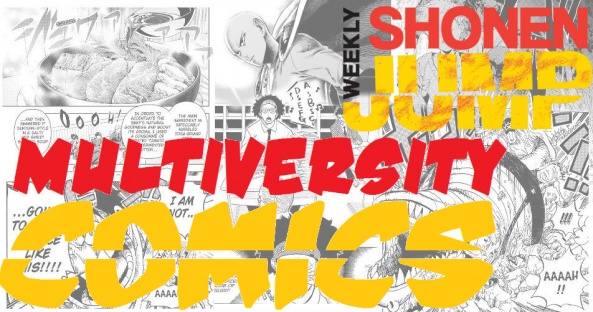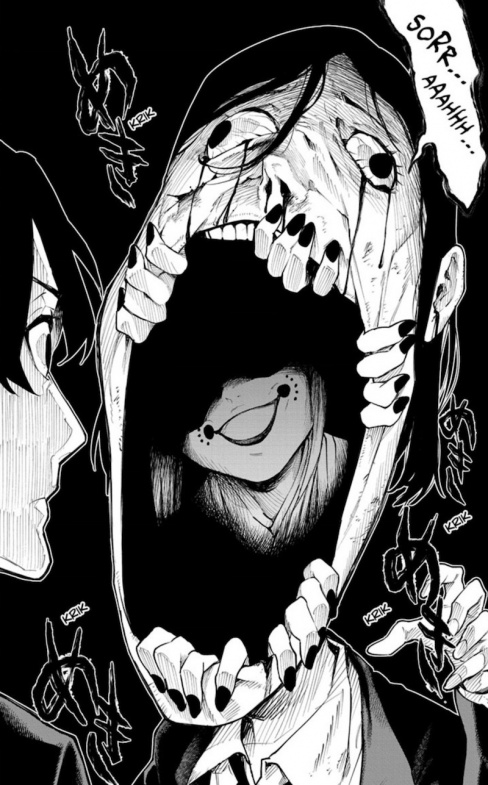
Welcome to This Week in Shonen Jump, our weekly check in on Viz’s various Shonen Jump series. Viz has recently changed their release format, but our format will mostly remain the same. We will still review the newest chapters of two titles a week, now with even more options at our disposal. The big change for our readers is that, even without a Shonen Jump subscription, you can read these most recent chapters for free at Viz.com or using their app.
This week, Walter checks in with “Phantom Seer.” If you have thoughts on these or any other current Shonen Jump titles, please let us know in the comments!

Phantom Seer Chapter 11
Written by Togo Goto
Illustrated by Kento Matsuura
Review by Walt Richardson
My initial concern with “Phantom Seer” was the nature of Aibetsu’s power. On the one (beckoning) hand, the idea of a Beckoning Hand being able to lure phantoms by their very nature is a good enough conceit for narrative conflict. On the other, the essence of the power is becoming a damsel in distress. However, I’ve felt (or, at least, hoped) from the beginning that Togo Goto wouldn’t allow one of his dual leads to be an entirely passive figure, and with this latest chapter we are beginning to see more being done to make Aibetsu an active participant in her fate. There’s a lot of potential here — by being able to suppress the power of the Beckoning Hand and, more importantly, have it resurface, there’s some interesting room for subverting the damsel trope, where Aibetsu might be able to use her power as bait, but only when she wants to.
Of course, that’s only half of the chapter. Aibetsu’s training session is bookended by the other lead, Iori, as he and the dashing Kurose continue investigating the disappearance of four beckoning hands (note: that number is important). We’ve recently learned that Iori has a history with the phantom at issue, Senjudoji, and the chapter ends with them coming face to face. The “reveal” is a bit predictable, but that doesn’t matter — even if it uses one of the oldest “caught yas” in the book, Goto maintains the tense mood through a good sense of pacing. Even if you saw it coming, it’s still an exciting moment when the menace is revealed.
If the series’ writing is above average, it’s the art that pushes the series into the realm of quite good. Kento Matsuura’s art has come a long way since “Tokyo Shinobi Squad,” which already looked very good. The fundamentals are there: clear storytelling, the ability to keep things visually interesting during scenes where not a lot is “happening,” a strong sense of character design. Perhaps most impressive, though, is his tonal versatility. In this single chapter we have horrific imagery (see above!), comedic exaggeration, and even a little big of infographic-ing, for lack of a better term, none of which feels out of place. The highly stylized figure drawing for humorous effect common in shonen manga can sometimes feel inconsistent with series like this, where the touch of horror is always present, but Matsuura manages to keep everything feeling like it is still part of the same comic — a surprisingly tall ask!
Plus, to use what is perhaps not the most precise critical language, it all just looks damn good.
There’s a recurring dig at certain new series in both this column and the Multiversity Manga Club podcast: another exorcist manga? And, I won’t lie, that was my first reaction to “Phantom Seer.” But eleven chapters in, I think we can safely say this series is a cut above the rest.
Final Verdict: 7.5 – This solid new series has found its legs, and I hope it will keep getting better from here.






